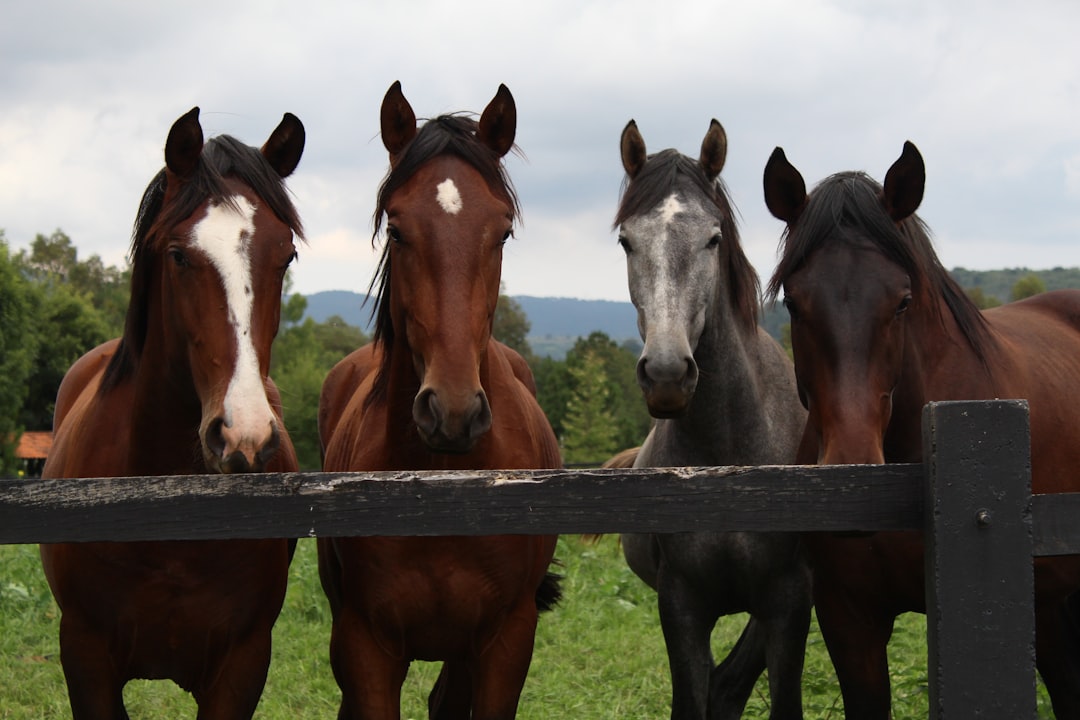What is it about?
An introduction to issue 71.4 of Asiatische Studien dedicated to biographies of members in the elite of Mongol Eurasia (1206-1368), including princes, generals, administrators, vassal kings, scientists and artists who were Mongols, Koreans, Chinese and Muslims. Studied by researchers working at the project “Mobility, Empire and Cross-Cultural Contacts in Mongol Eurasia” at the Hebrew University of Jerusalem, the ten biographies translated and analyzed in this volume demonstrate the massive transformations in the composition and functioning of elites across Eurasia that were caused by the rise of the Mongol Empire. While the Mongols themselves obviously became the new Eurasian elite, their small number as compared to the huge territory over which they ruled and their initial inexperience in administrating sedentary realms meant that many of their subjects also became part of the new multi-ethnic imperial elite. Mongol preferences, and the high level of mobility—both spatial and social—that accompanied Mongol conquests and rule, dramatically changed the characteristics of elites in both China and the Muslim world: While noble birth could be instrumental in improving one’s status, early surrender to Chinggis Khan; membership in the Mongol imperial guards (keshig); and especially, skills—such as excellence in warfare, administration, writing in Mongolian script or astronomy to name but a few—became the main ways to enter elite circles. .
Featured Image
Why is it important?
* Introduces the various biographies translated an analyzed in issue71/4 of Asiatische Studien that deal with Elites in transition in Mongol Eurasia. *adds new primary sources —translated from Chinese, Persian and Arabic—to the study of the Mongol Empire *provides important insights into the social history of the Mongol Eurasia, illuminating issues such as acculturation (of both the Mongols and their subjects), Islamization, family relations, ethnicity, imperial administration, and scientific exchange.
Perspectives
Reflects some of the work of the research project "Mobility, Empire and Cross Cultural Contacts in Mongol Eurasia" that took place at the Hebrew University of Jerusalem. Great to see the work of my students in print!
Professor Michal Biran
Hebrew University of Jerusalem
Read the Original
This page is a summary of: Introduction, Asiatische Studien – Études Asiatiques, February 2018, De Gruyter,
DOI: 10.1515/asia-2017-0015.
You can read the full text:
Contributors
The following have contributed to this page










